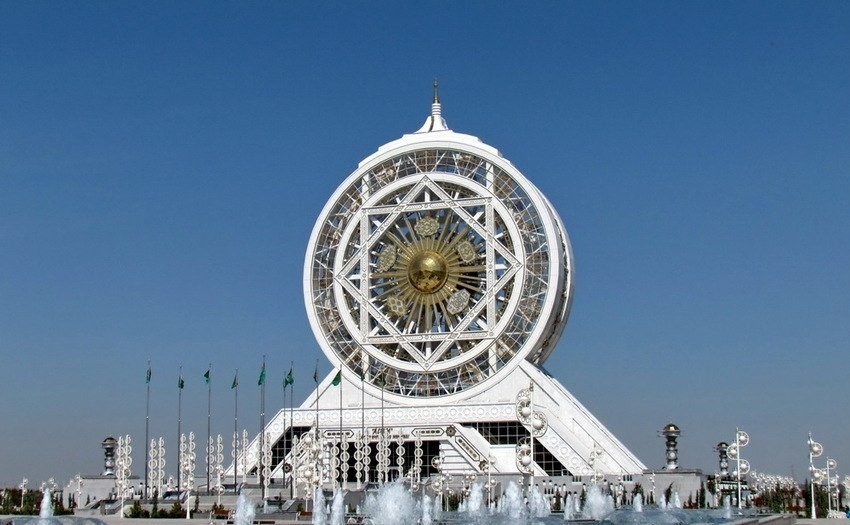
Cultural and entertainment center "Alem"
The total height of the structure is 95 meters with a spire, it is a stepped pyramid on which rises a Ferris wheel with an outer diameter of 57 meters. This is the largest closed Ferris wheel in the world, listed in the Guinness Book of Records. The total area of the center is about 26 thousand square meters.
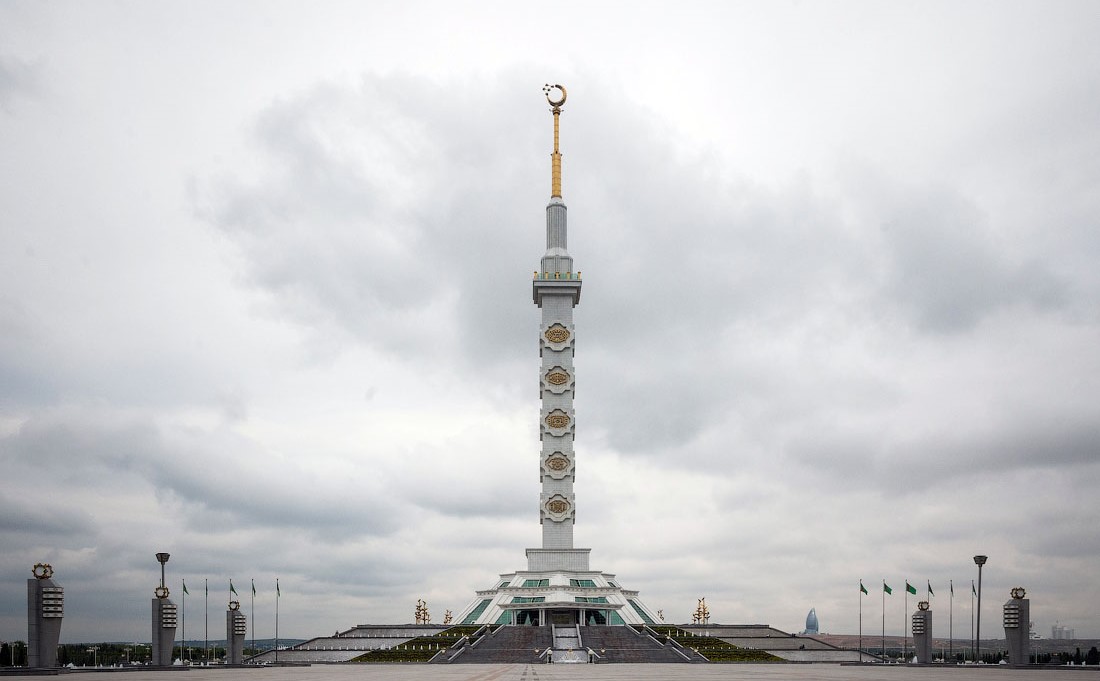
Constitution Monument of Turkmenistan
A marble-faced monument dedicated to the Constitution of Turkmenistan is a 185-meter tetrahedral column decorated on all sides with Turkmen carpet ghol and topped with a gilded crescent with five stars - a symbol of the unity of the five largest Turkmen tribes.
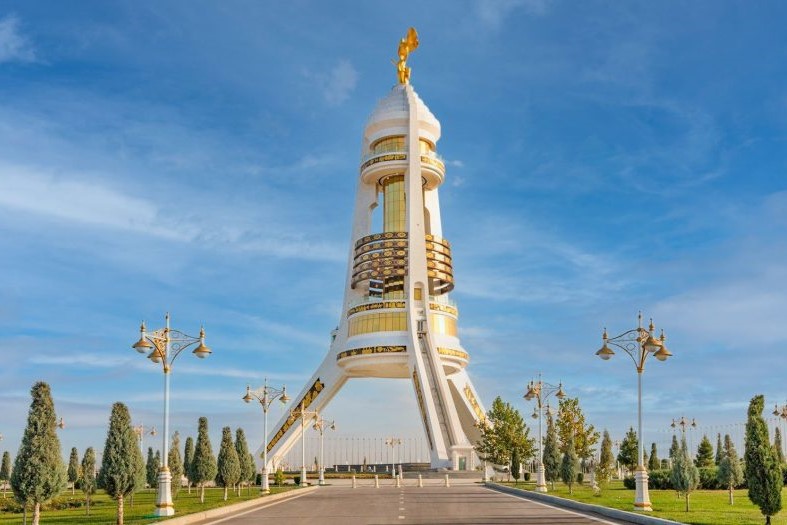
Arch of Neutrality
The arch was built in 1996-1998. Three wide pylons support this 83-meter-high multi-level structure, which is crowned by a twelve-meter-high gilded sculpture of the President of Turkmenistan, Saparmurat Turkmenbashi, against a background of a fluttering flag. The axis of the entire structure is a panoramic elevator leading to several circular observation platforms, from which a view of the capital opens up.
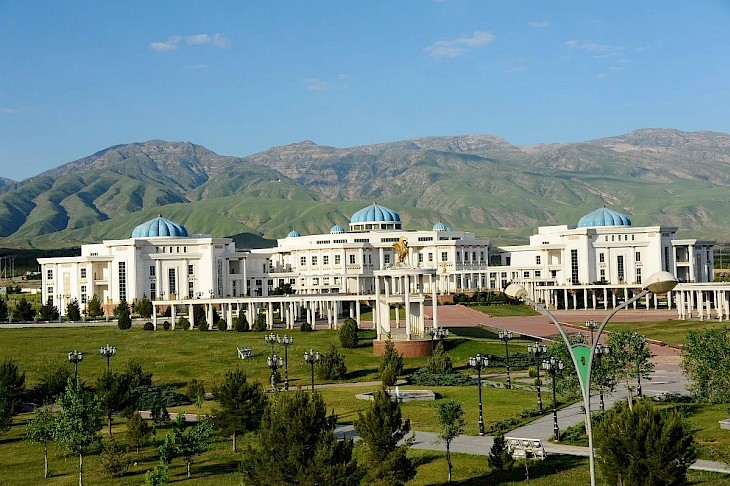
State Museum of Turkmenistan
The largest state museum in Turkmenistan, created in the early 1990s, consists of seven permanent galleries dedicated to the history, contemporary culture and ethnography of Turkmenistan. The museum contains thousands of archaeological monuments from ancient Nisa and ancient Merv, collections of ancient Turkmen carpets, rare examples of national clothing and fabrics, traditional household items, items made of precious metals, weapons and awards.
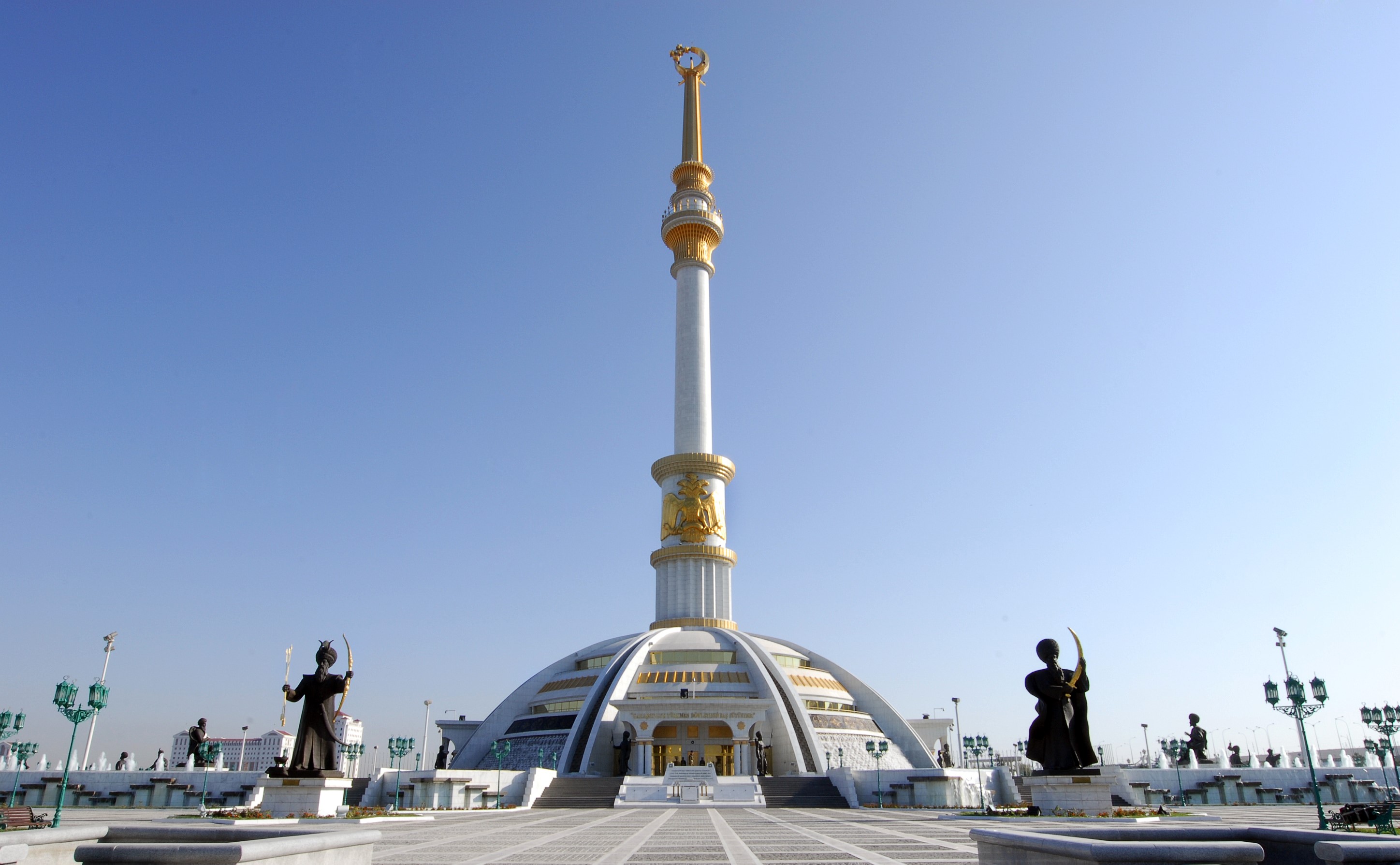
Independence Monument of Turkmenistan
The monument is a 118-meter column topped with a gilded crescent with five stars; the lower part of the monument is a hemisphere resembling a traditional Turkmen yurt in shape.
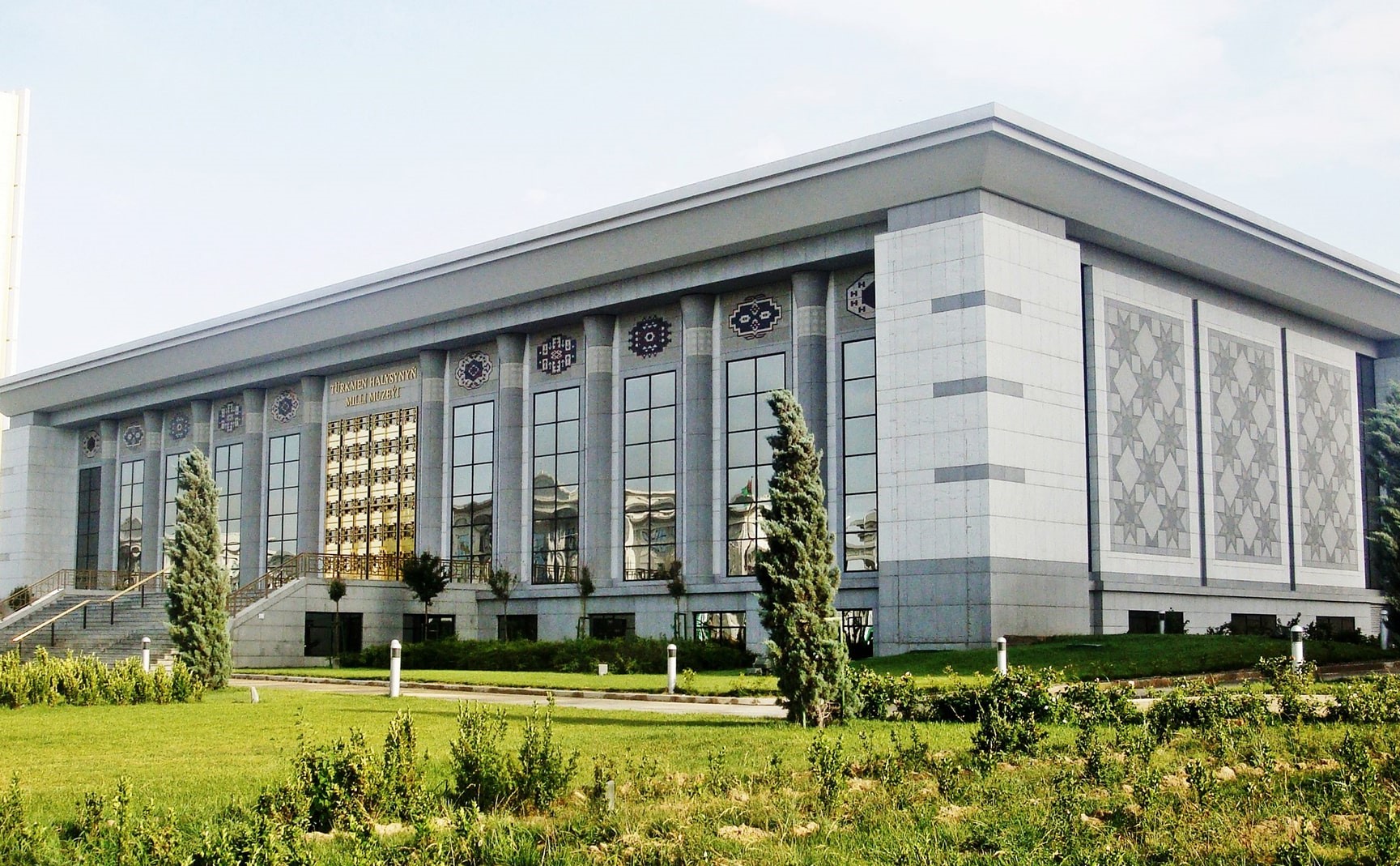
Turkmen Carpet Museum
The Turkmen Carpet Museum is one of the cultural centers of Turkmenistan, where about 2,000 carpets are exhibited, including rare ones. The museum has the smallest carpet product designed to carry keys, as well as the world's largest hand-woven carpet with a total area of 301 m², which was woven in 2001 and entered the Guinness Book of Records in 2003.
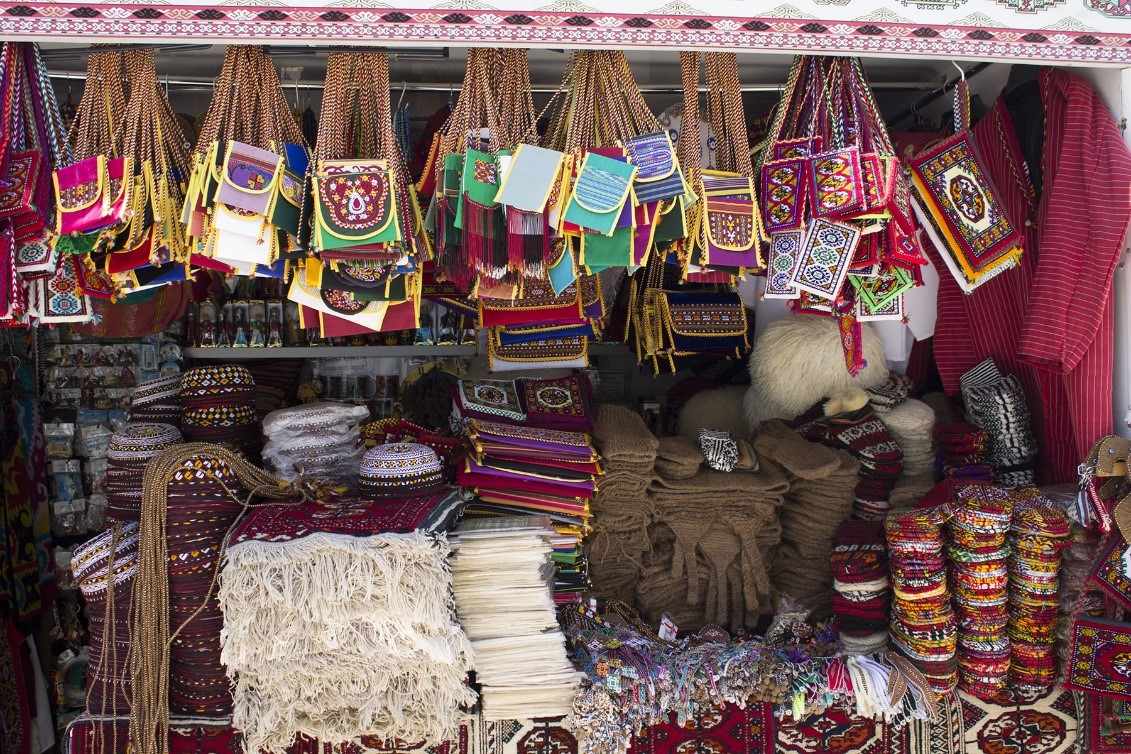
Russian Bazaar - State Trade Center "Gulistan"
The main city bazaar of Ashgabat and the most popular shopping point of the city. The bazaar was built in 1972-1982. A wide range of goods is presented here. The Russian Bazaar is visited not only by locals and tourists, but also by international delegations, here you can buy everything: food, drinks, purely Turkmen souvenirs and clothes.
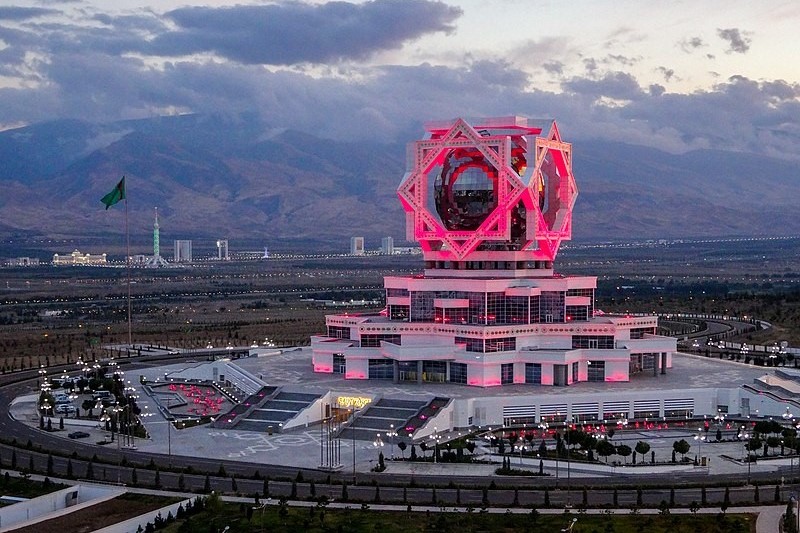
Central Civil Registry Office of Turkmenistan
The eleven-storey building with an area of over 38 thousand square meters was built in the style of futuristic architecture. And it is an octagon or the star of Oguzkhan, which is the state symbol of Turkmenistan.
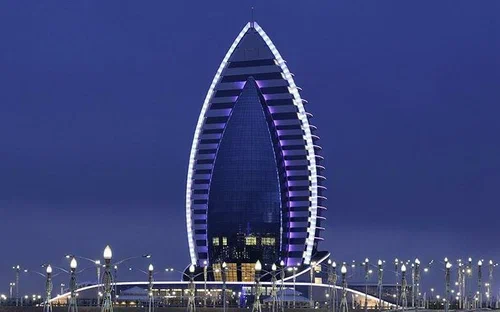
Yyldyz Hotel"
Yyldyz is a five-star hotel located in Ashgabat, the capital of Turkmenistan, in the foothills of the Kopetdag Mountains. The total area of the hotel is 50,620 m², together with the adjacent territory it is almost 85,000 m². The height of the building is 107 meters, 24 floors. One of the hotel restaurants is located on the 18th floor and offers a panoramic view of the city of Ashgabat.
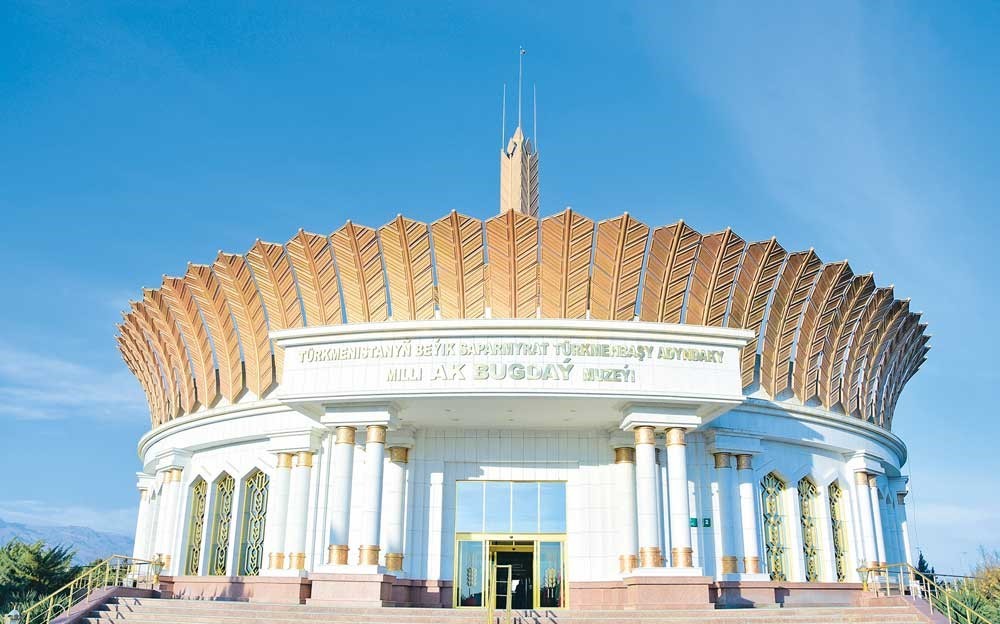
"Ak bugdaý" Museum"
The Ak Bugday Museum, located near the administrative center of Ahal province in Turkmenistan, celebrates the rich agricultural heritage of the region, particularly focusing on wheat cultivation. Spanning over 32,000 square meters, the museum features various exhibition halls dedicated to archaeology, ethnography, and the history of agriculture, showcasing traditional practices and the significance of wheat in Turkmen culture. The museum's striking architecture and extensive grounds provide visitors with an immersive experience into the country’s agricultural legacy and its cultural importance.

